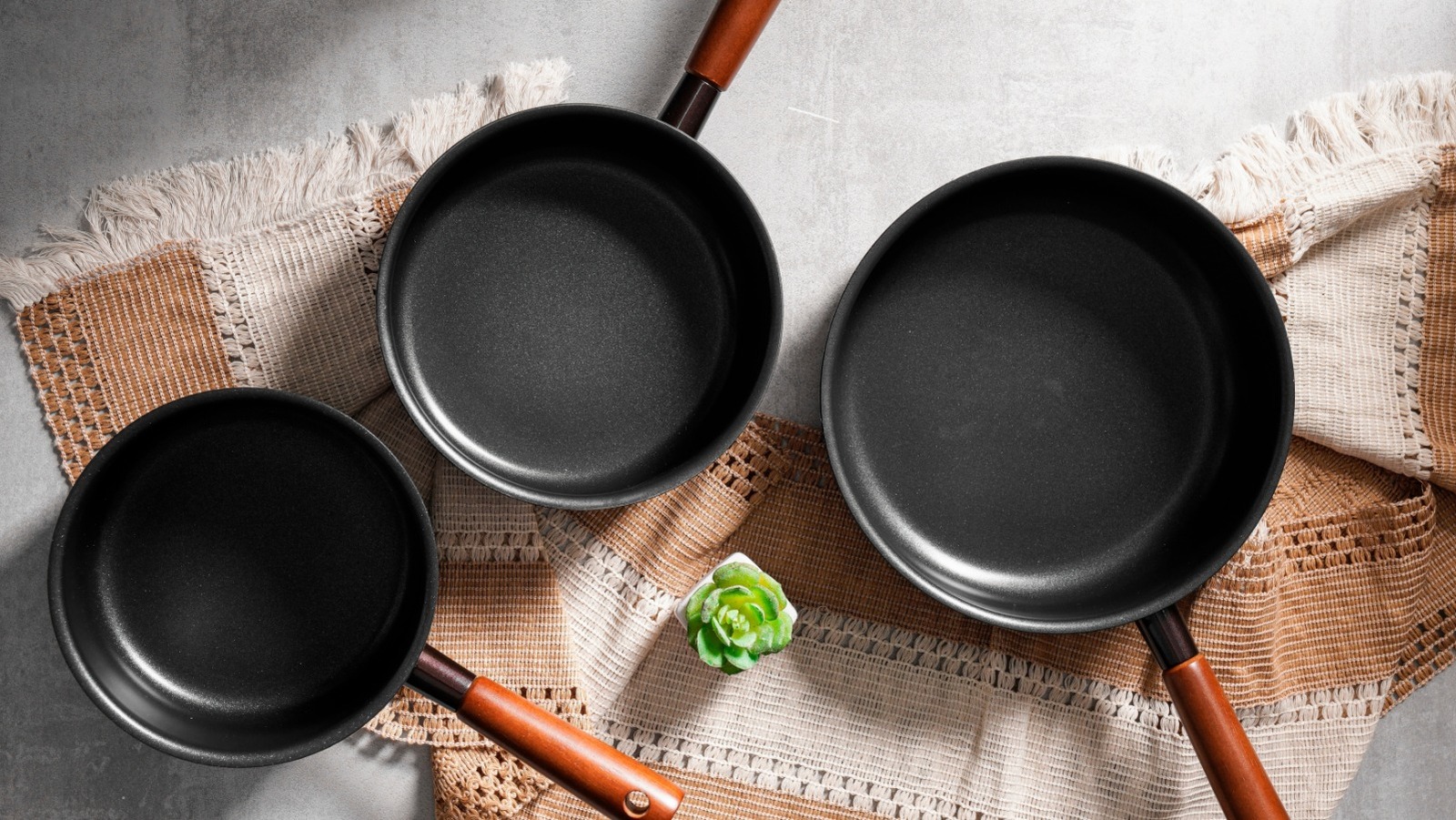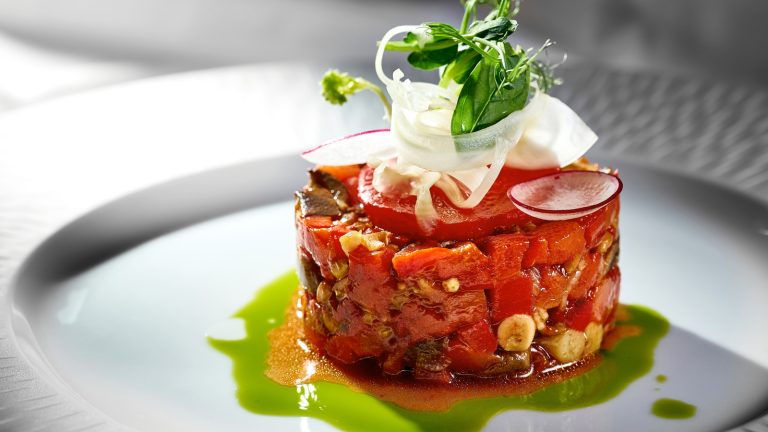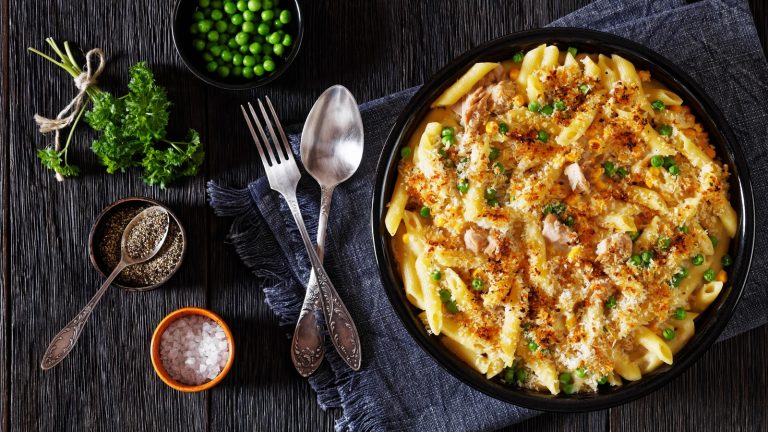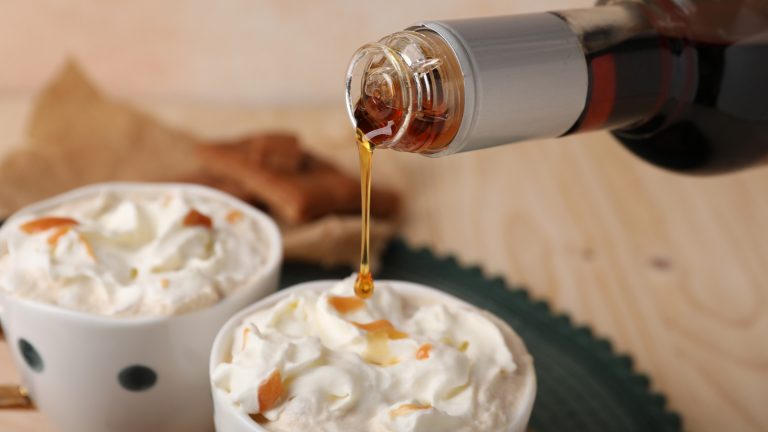Teflon cookware has been around since the early 1960s, and most of us probably have at least one nonstick pan. When new, nothing seems to stick to them. But over time, your flapjacks might not be flipping over as easily, and you start thinking of replacing your old Teflon workhorse. Affordable nonstick pans are pretty much everywhere, and some are better than others. But is it really worth investing in a new set?
That’s the question we asked Joni Brosnan, owner of Joni’s Kitchen in Montauk, New York, whose new book, “Joni’s, A Love Letter To Summer In Montauk,” is now available for presale. “With lots of companies claiming to be ‘green’ or ‘non-toxic,'” she told us, “it’s important to really read the fine print before you splurge.” And just because it’s inexpensive doesn’t necessarily mean it’s a lesser-quality pan than the pricier one. “Some nonstick skillets are laced with some pretty unsavory chemicals, so I stay away from those,” Brosnan warned. She’s referring to PTFE (polytetrafluoroethylene), the scientific name for Teflon.
And prior to 2013, it was made with PFAS (per- and polyfluoroaklyl substances), which, in lab studies, promoted the growth of cancerous tumors in animals. Teflon is now considered safe to use under 500 degrees Fahrenheit; however, the long-term effects of the chemicals used to replace PFAS are unknown. Like other chefs who avoid using nonstick skillets, Brosnan believes that “in general, I just think food tastes better” when cooked in ceramic, stainless steel, cast iron, and chef-endorsed carbon steel pans, all of which are a better and safer investment.
Other pans that are better than nonstick options
“When I think of the nonstick skillet test,” Brosnan mused, “I imagine cooking an egg or fish and achieving the perfect, intact flip.” There’s always a bit of stress involved when you flip fried eggs, preferably without ruining the yolks, and she’s found that the cast iron, ceramic, stainless steel, and carbon steel skillets that she’s used for years always do the job. “If your pan is well-seasoned,” Brosnan said, “all of these are great nonstick (and non-toxic!) options for mostly everything but acidic foods,” which includes tomatoes, citrus, and vinegar, since they can pass on a metallic taste to food and damage some pans’ natural nonstick properties.
Overall, though, these non-Teflon cookware options are great multi-taskers that can safely go from stovetop to oven and are worth spending a bit of money on because, according to Brosnan, they stand the test of time. With the proper care “they can even be passed down for generations.” A perfect example that Brosnan points to is the current trend for restoring antique cast iron skillets.
If you’re fortunate enough to inherit one or stumble upon a rusty skillet at a garage sale, you’ll save big bucks by removing the rust from the skillet yourself. Once cleaned and seasoned, it will last another lifetime or two. Brosnan also advises that if you notice your nonstick pan is starting to peel, corrode, or warp, these are telltale signs that your nonstick cookware is finished and it’s time to toss it in the trash and consider buying one of her better options.






